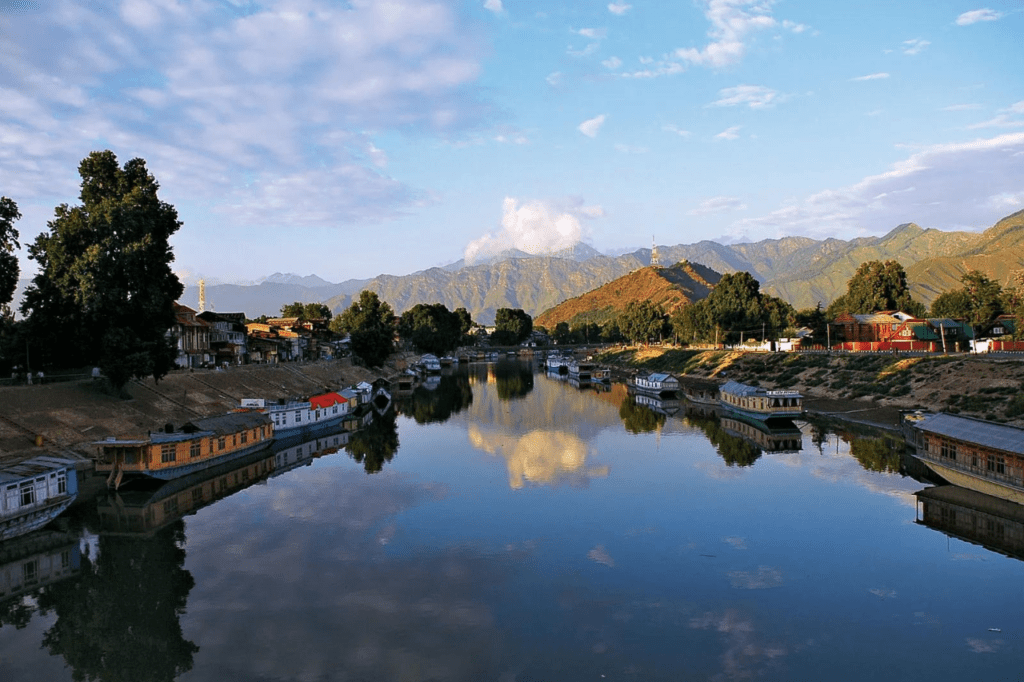Jammu and Kashmir, once an Indian-administered region from 1952 to 2019, formed the southern part of the disputed Kashmir region, contested by India, Pakistan, and China since the mid-20th century. Stemming from the former princely state, Pakistan administers Azad Kashmir and Gilgit-Baltistan, while China controls Aksai Chin. In 2019, India revoked Jammu and Kashmir’s special status under Article 370, restructuring it into two union territories—Jammu and Kashmir and Ladakh. This move dissolved the state, unique in India for its Muslim-majority populace, marking a significant change in its governance.
In 1819, Kashmir shifted from Durrani Afghan to Sikh control, ending four centuries of Muslim rule. Welcomed initially, the Sikhs turned harsh as rulers, imposing oppressive laws on Muslims, including penalties for cow slaughter and restricting Islamic practices. European visitors highlighted the poverty among Muslim peasants, citing excessive taxes that led to depopulation and migration. Despite hardships, relief came after a 1832 famine when Sikhs reduced land taxes and offered interest-free loans, boosting revenue. Kashmir’s renowned shawls gained global fame during this time, drawing interest from Western buyers amid the region’s tumultuous history under Sikh rule.
The Kashmir region, spanning 68,000 sq mi (180,000 km2) between latitudes 32° and 36° N, and longitudes 74° and 80° E, is flanked by China to the north and east, Afghanistan to the northwest, Pakistan to the west, and India to the south. Predominantly mountainous, it’s dominated by the Western Himalayas, terminating at Nanga Parbat in the west. Three major rivers—Indus, Jehlum, and Chenab—slice through the land, forming distinct valleys amidst towering mountain ranges. The Indus valley encompasses the north and northeast, encompassing stark expanses like Baltistan and Ladakh. The Vale of Kashmir, encircled by lofty peaks, constitutes the upper Jhelum valley. Towards the south lies the Chenab valley, encompassing the denuded hills and the majority of the Jammu region. High-altitude lakes dot the peaks, while the Vale hosts freshwater lakes like Wular and Dal, alongside extensive swamplands like Hokersar near Srinagar.
Kashmir’s economy is centred around agriculture. Traditionally the staple crop of the valley was rice, which formed the chief food of the people. In addition, Indian corn, wheat, barley and oats were also grown. Given its temperate climate, it is suited for crops like asparagus, artichoke, seakale, broad beans, scarletrunners, beetroot, cauliflower and cabbage. Fruit trees are common in the valley, and the cultivated orchards yield pears, apples, peaches, and cherries. The chief trees are deodar, firs and pines, chenar or plane, maple, birch and walnut, apple, cherry.
Kashmir’s economy thrives on agriculture, centered on rice, Indian corn, wheat, and diverse crops like asparagus and cherries due to its temperate climate. Fruit orchards yield pears, apples, and peaches while trees like deodar, firs, and walnuts abound. Historically famed for Cashmere wool, the region produced Pashmina shawls and silk carpets. Saffron cultivation adds to its specialties. Crafts like silverwork and papier-mâché from Srinagar, however, faced setbacks after the 2005 Kashmir earthquake, which severely impacted both Azad Kashmir and Jammu and Kashmir, causing widespread damage to livelihoods and trade.

